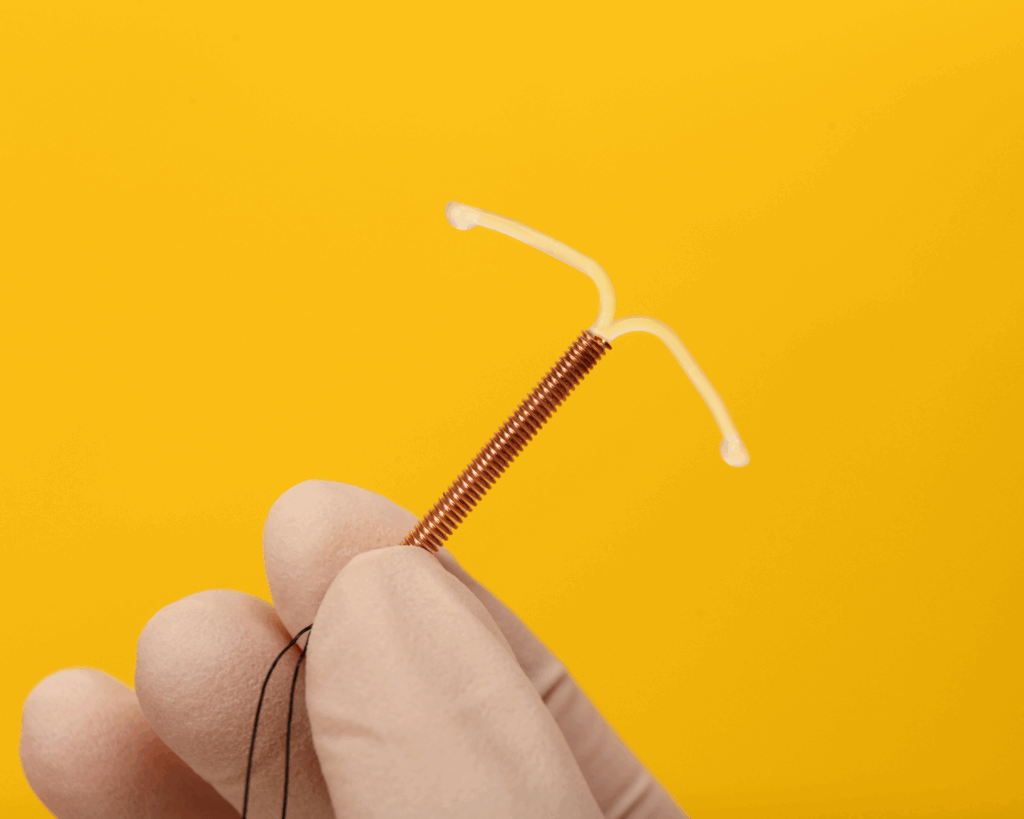Something Lost, Nothing Gained
PHP fellows and editors analyze how the decision to overturn federal abortion protection rolls back reproductive rights and affects health.

Read Time: 7 minutes
Published:
“The world belongs to those who show up.” And, we would add, to those who pay attention. The Dobbs v. Jackson Women’s Health Organization decision overturning federal abortion protection is no surprise to those who have been paying attention. States for years have been chipping away at reproductive healthcare access, waiting for the right case at the right time to make its way to the highest court in our land. Where you live already determines much about your health. Leaving reproductive healthcare decisions up to states instead of patients and their physicians will only widen these disparities, further marginalizing the most vulnerable. Access to reproductive healthcare is everyone’s responsibility. It’s past time for us to pay attention and show up. —Teresa Wood Kett
The Right to Healthy Life
The right to life. The cry demands rights for the unborn, but not for the life and welfare of the child outside of the womb. The inevitable rise in births by people who cannot care for a child will over-burden an already broken foster care system. Anti-abortion states have some of the worst childcare and welfare programs in the country. The foster care crisis will likely explode in places that have stripped away or restricted a pregnant person’s right to choose, and where infrastructure is less than inadequate to support the multiplied number of struggling mothers and children in a post-Roe world. The right to life is not the same as the right to a healthy life. It instead reinforces the foster care-to-prison pipeline and strengthens a cycle of oppressive poverty, trauma, and ill health for the children resulting from state-mandated pregnancies. —Hannah Tremont
Poverty
In the Unites States, the average out of pocket cost of having a vaginal delivery with no complications is $4,500. If you are not insured, the price-tag can exceed $25,000. And this doesn’t include prenatal costs, newborn costs, and the $233,000 needed to raise a child in this country. So, it should not be a surprise that 75% of people who choose to get abortions are low income or poor. By forcing birth in the U.S., we are placing a particularly heavy burden on low-income people. Forcing people to have children they do not want to or cannot afford to care for, ultimately harms both the birthing person birthing and the child. People who want to get an abortion but cannot are at a higher risk of financial distress, which includes eviction and bankruptcy. And they are more likely to stay with a violent partner, compared to people who could get an abortion. Children born from a person who was denied an abortion are more likely to live below the poverty line. Bringing children into the world is a lifetime commitment. Let’s leave it to those who choose to do it. —Barbara Espinosa
Privacy
The decision in Dobbs v Jackson overturned a 50-year precedent of reproductive rights established by the decisions in Roe v Wade and Casey v Planned Parenthood. The logic of the majority decision has put many additional rights at risk. Privacy is not explicitly spelled out in the constitution, but the Supreme Court has upheld this right since 1965 due to its implied protection in several amendments. Nicole Huberfeld describes the right to privacy as “a web of rights pertaining to intimate relationships.” The right for a parent to raise their child, the right to marry someone of another race, the right to same sex marriage, and the right to contraception all rely on the right to privacy. Justice Thomas has already called for the court to reconsider these rights following the Dobbs decision. How many rights do we allow to be stripped away before we act? —Connor McCombs
Reproductive Justice
Abortion access was already out of reach for many Americans, even when the “right” to abortion was protected by Roe v. Wade. After the Dobbs decision, the racial and income disparities in access to abortion care will increase, as will pregnancy-related deaths. As usual, Black women will face the highest risk. Reproductive Justice is a movement for bodily autonomy led by those most impacted by anti-reproductive legislation and policy; namely, people of color. The main principles are to uphold a person’s autonomy over when, how, with whom, and in what circumstances to have or not have a family. Reproductive Justice networks such as the National Network of Abortion Funds have been helping people access abortions for decades. When the Supreme Court’s decisions restrict access to health care, community organizing has always been a key piece of reproductive health care access and will require additional support moving forward. —Abby Outterson
Trigger Laws
When Roe v Wade was overturned on June 24, 13 states had laws that were ‘triggered’ into place. These states had existing laws banning abortion, but the laws were not in effect because Roe v Wade federally secured abortion rights. Some of these abortion bans were enacted immediately, others required a designated official to certify that Roe v Wade had been overturned and could take up to 30 days to implement. The number of states without access to abortion is expected to continue to rise as more local and state governments pass laws banning abortion. Trigger laws are especially harmful for pregnant individuals trying to access an abortion during the decision period where bans were immediate. As a pregnancy progresses, abortion outside of hospitals and clinics becomes increasingly risky for the carrier. Unsafe abortions are the leading cause of maternal deaths worldwide. Individuals trying to access an abortion are losing valuable time to terminate their pregnancy safely. With more and more states making abortion illegal, people seeking abortions will have more hurdles and less time to be able to access safe services. —Bethany Hallenborg
Extremism
Over the past several decades, to be against abortion became the article of belonging to the conservative right, the premier one, the top of the list, where money has gone and how judges have been advanced. Often ingenuously disguised as religious devoutness, this position has served as the most aggressive way to attack Democrats. A radical court has now certified this position. Criminalization, the inability to travel out of state for reproductive aged individuals, the investigation of miscarriages and ectopic pregnancy, the science of in vitro fertilization are next up for review. Rape and incest exceptions will be gone, the last vestiges of the abortion fight about power and control and freedom. More women will do more of the work of child-rearing. Doctors will break oaths and laws and the non-pregnant will suffer. Yet the powerful will continue to get abortions, if needed. Privileged others will find a way to access medications illicitly, if needed. Who knows if this decision will affect the politics of swing states. Will pro-choice people mobilize and vote? Is this the stolen right that has finally wronged us into action? —Michael Stein
The Power to Write My Own Story
I had an abortion in 1987. I was 21 and a month away from being a first-generation college graduate. I immediately knew what I needed to do and I have never regretted the choice I made. I didn’t know what my future would hold, but I wasn’t willing to forfeit the opportunity to find out. I went to graduate school and am now a professor in a school of public health. Had I opted for early motherhood, I have little doubt that I would not have made it out of the Ohio mall where I was working at the time.
I shudder for the future of young women standing at the precipice of adulthood. Too many will be forced to accept intolerable decisions made for them by people who know nothing about their lives and care even less about their dreams. —Jennifer Beard
Photo via Getty Images










